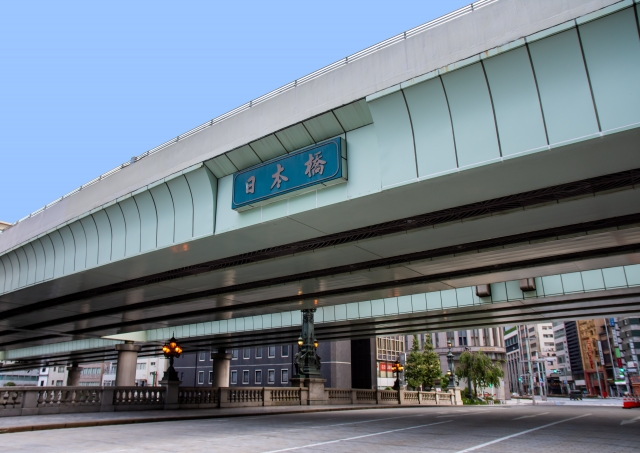At the very heart of Tokyo lies Nihonbashi, a district that has quietly witnessed the nation’s evolution for over four centuries. Unlike the neon-splashed allure of Shinjuku or the fashionable boulevards of Omotesandō, Nihonbashi is a place where history, commerce, and refinement interlace. It is not just a neighborhood, but a stage upon which Japan’s past, present, and future are all performed in elegant synchrony.
A Bridge to History
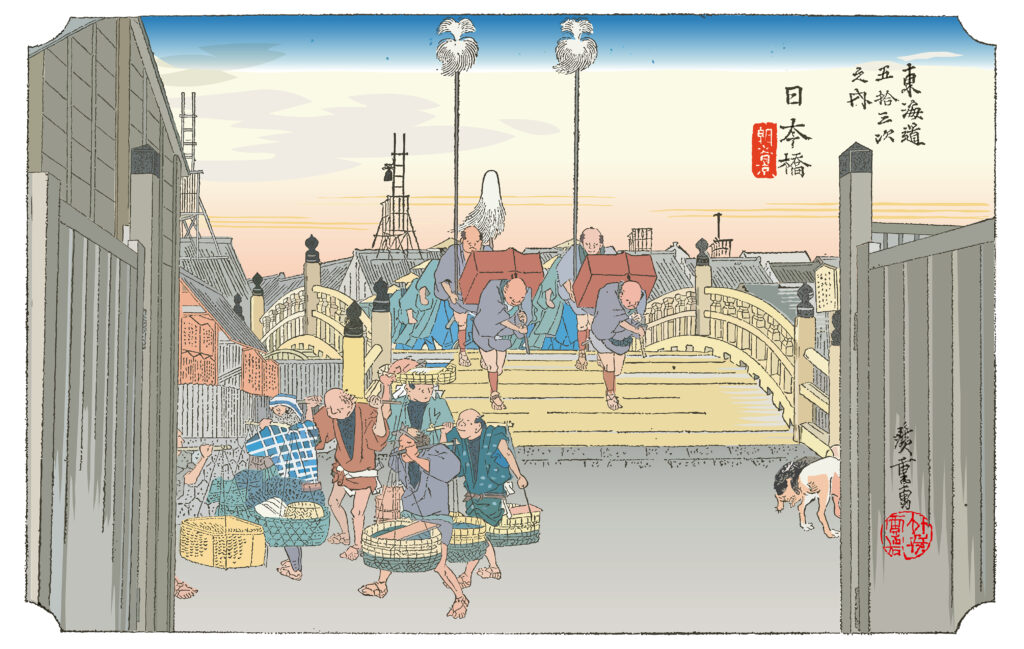
The name “Nihonbashi” literally means “Bridge of Japan,” and this is no metaphor. The district grew around the stone bridge that marked the zero milestone of Japan’s historic road network. During the Edo period (1603–1868), it was here that merchants, artisans, and travelers converged. Nihonbashi became the commercial pulse of the Tokugawa shogunate, its fish markets, rice exchanges, and textile shops buzzing with activity. For centuries, this was the place where fortunes were made and where culture met commerce.
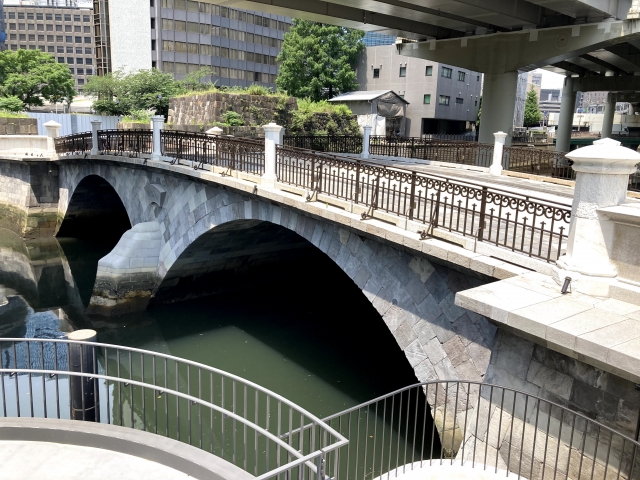
Today, the bridge still stands—graceful, modest, and framed by modern expressways overhead. It remains a symbol of continuity, anchoring the district’s spirit even as the skyline evolves.
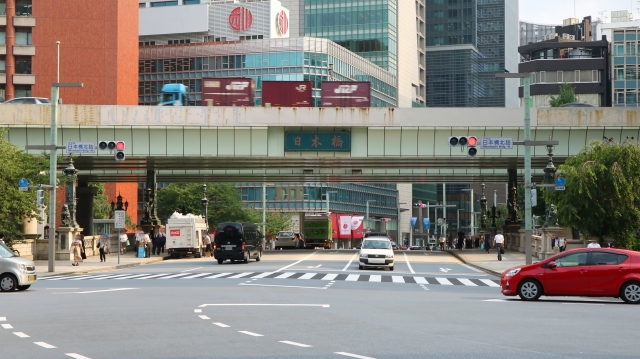
Architecture and Atmosphere
Unlike the flamboyant skyscrapers of nearby Marunouchi, Nihonbashi balances heritage and modernity with a quiet dignity. Streets are lined with restored Meiji- and Taishō-era buildings, now reborn as flagship stores, art galleries, or culinary havens. Traditional merchants such as Mitsukoshi, Japan’s first department store, still preside proudly over the area, their stately façades echoing a European grandeur.
Step away from the main avenues and you’ll find narrow lanes where Edo-era specialty shops survive—some selling incense or washi paper, others crafting sweets with recipes unchanged for centuries. The contrast is striking: a Louis Vuitton boutique sharing the stage with a 300-year-old knife maker. This juxtaposition is Nihonbashi’s quiet luxury.
The Business Dimension
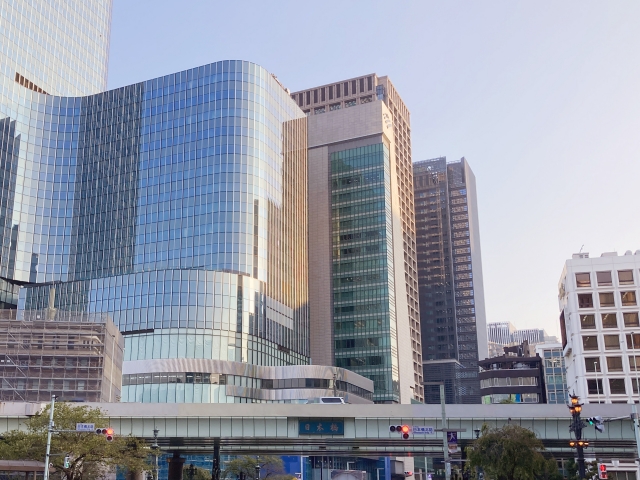
Nihonbashi has long been a seat of commerce, and today it is home to major financial institutions, global corporate headquarters, and a new wave of startups. What sets it apart from Shibuya or Roppongi, however, is the atmosphere of gravitas. Deals here are concluded not in fleeting fashion but with a sense of heritage and stability. For visitors with business interests, Nihonbashi offers a glimpse into Japan’s enduring corporate culture, where tradition and innovation are not opposites but partners.
Living in Nihonbashi
Unlike purely commercial districts, Nihonbashi is also a residential enclave. In recent years, luxury high-rise apartments have appeared, offering sweeping views over Tokyo Bay or the Imperial Palace. Residents enjoy quiet mornings along the canals, boutique fitness studios tucked inside historic warehouses, and evening walks beneath the lantern-lit arcades. It is a neighborhood where one can truly live amid both history and modern refinement.
A Gourmet Capital in Miniature
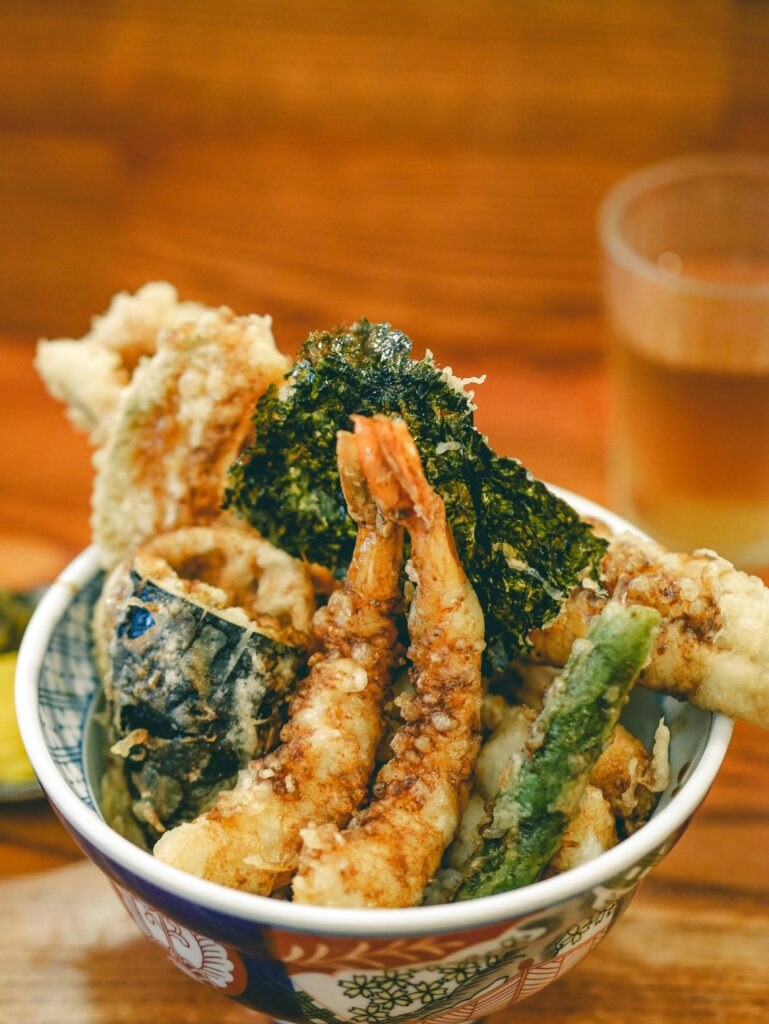
For the epicurean traveler, Nihonbashi is a paradise of contrasts. Michelin-starred restaurants sit alongside tiny eateries passed down through generations. This is one of the best places in Tokyo to experience kaiseki refined to perfection, but also to taste the humble yet exquisite tempura that Edo merchants once cherished. Specialty shops offer seasonal wagashi sweets, while contemporary dining spots reinterpret Japanese flavors for a global audience.
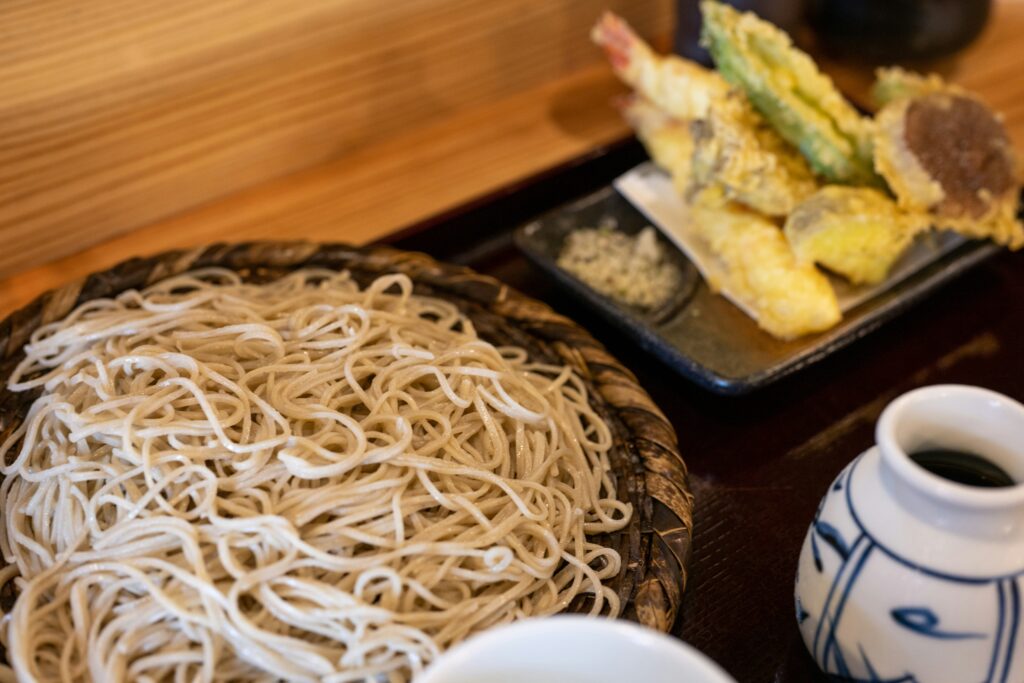
Unlike Ginza, where culinary glamour is often synonymous with showmanship, Nihonbashi’s dining scene feels rooted, authentic, and intimately tied to history. A bowl of soba here is not just lunch—it is an edible link to centuries past.
Shopping with Depth
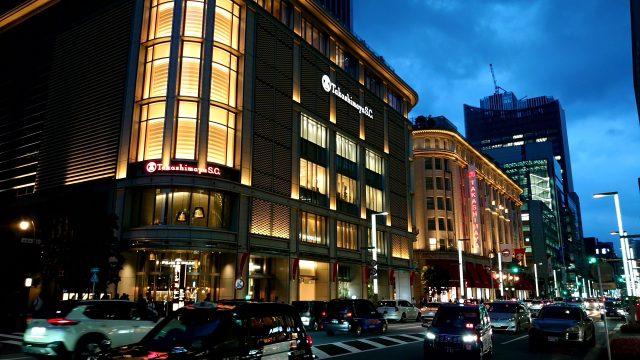
Shopping in Nihonbashi is not about fast fashion or passing trends. Here, purchases carry weight and heritage. Mitsukoshi remains the centerpiece, with its grand atrium and elegant service. Across the district, you will find artisans who have been perfecting a single craft for hundreds of years: lacquerware, knives, silk, fans, and sake. For affluent travelers, the charm lies not in acquiring items, but in engaging with their stories—objects imbued with the patience of generations.
Hidden Elegance
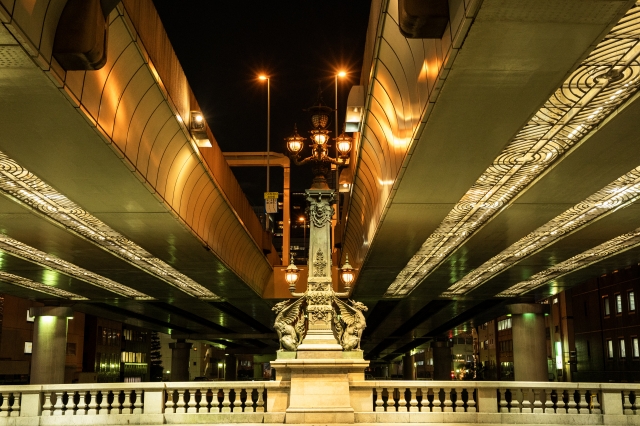
Beneath its polished surface, Nihonbashi hides quiet surprises. There are rooftop gardens offering views of the city where koi ponds shimmer beneath skyscrapers. There are alleys where a tiny sake bar welcomes only a handful of guests, preserving an intimacy rarely found elsewhere in Tokyo. Seasonal festivals, too—such as the cherry blossom illuminations along the river—transform the district into an atmospheric stage of tradition meeting modern spectacle.
Enjoying Nihonbashi Today
To truly savor Nihonbashi is to move slowly. Begin with the bridge itself, then wander through the arcades of Mitsukoshi and Takashimaya. Pause for green tea at a 200-year-old tea house before stepping into a contemporary art gallery hidden in a side street. As evening falls, allow yourself to be guided by a local chef into a restaurant that balances Edo flavors with modern aesthetics.
Unlike the relentless pace of Shibuya, Nihonbashi encourages a refined rhythm—one that rewards curiosity, patience, and attention to detail.
Nihonbashi and the Future
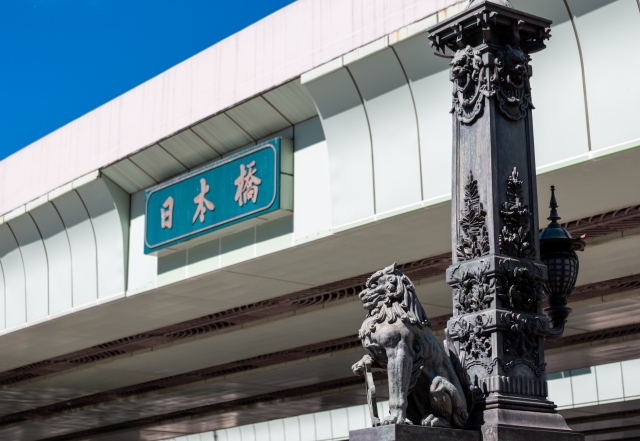
What makes Nihonbashi remarkable is its ability to evolve without erasing its soul. New developments, such as the Nihonbashi Revitalization Project, aim to open the waterfront once more, creating pedestrian-friendly spaces while respecting historical heritage. The vision is not to become another gleaming Tokyo district, but to remain uniquely Nihonbashi: a place where Japan’s origin meets its horizon.
In essence, Nihonbashi is not merely a district—it is an experience of Japan itself. For the affluent traveler seeking depth rather than spectacle, it offers something rare in a modern metropolis: the opportunity to walk through time, to taste history on a plate, and to feel the subtle luxury of continuity.

